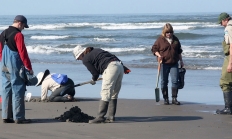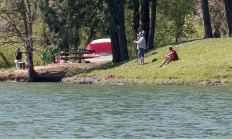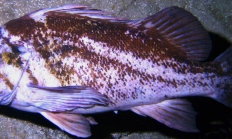Recreational fishing days for adult hatchery Chinook and sockeye added for Columbia River mainstem
CLACKAMAS, Ore.— Fishery managers from Oregon and Washington added recreational fishing days for adult hatchery Chinook and sockeye to the on-going hatchery steelhead and hatchery jack Chinook fishery in the mainstem Columbia River downstream of the Highway 395 Bridge at Pasco, WA during a joint…















